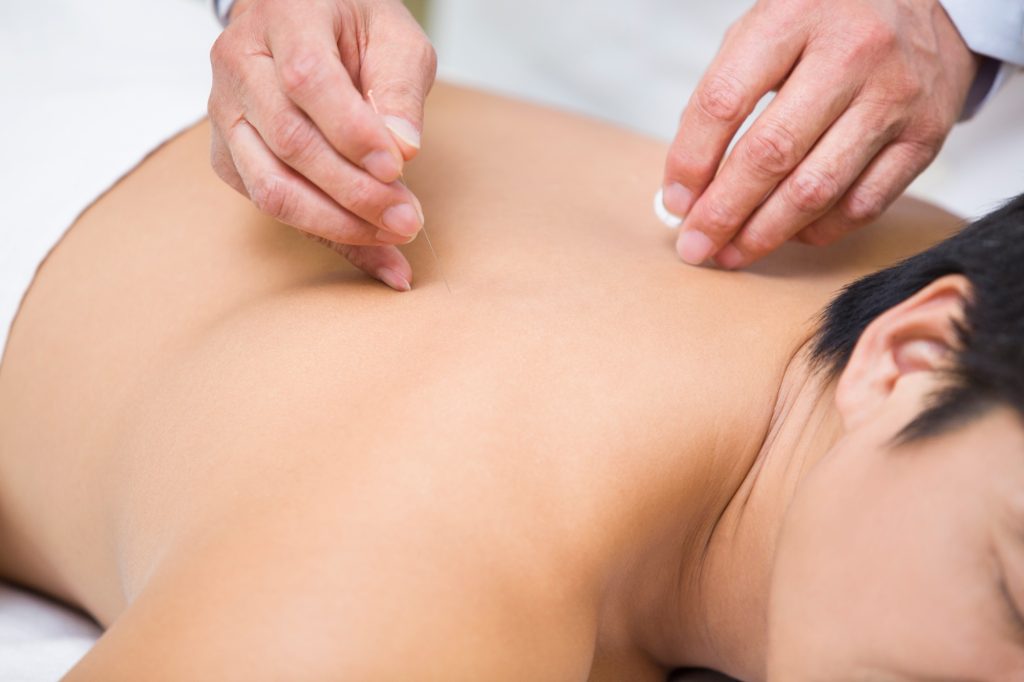Acupuncture Side Effects and Safety: Complete Guide to a Safe Healing Experience
- seocreed
What Is Acupuncture and Why Safety Is Essential
Acupuncture is a traditional Chinese therapy that uses ultra-fine needles to stimulate specific points on the body, restoring balance in the flow of Qi (vital energy). It is widely recognized for its effectiveness in relieving pain, stress, fatigue, and hormonal imbalance, but understanding acupuncture side effects and safety ensures a positive and informed experience. Performed correctly by certified Traditional Chinese Medicine (TCM) professionals, acupuncture is extremely safe. According to the World Health Organization (WHO), adverse effects are rare when proper sterilization and techniques are followed.
Common and Temporary Acupuncture Side Effects
Most side effects of acupuncture are mild, short-term, and harmless. Here’s a detailed table outlining what to expect:
| Common Side Effect | Cause | Duration | What to Do |
|---|---|---|---|
| Soreness or Tenderness | Micro muscle stimulation | 1–2 days | Gentle massage or rest |
| Bruising or Red Spots | Minor capillary breakage | 1–3 days | Apply cold compress |
| Fatigue or Relaxation | Qi regulation process | Up to 24 hours | Rest and hydrate |
| Lightheadedness | Drop in stress response | Few minutes | Sit and breathe slowly |
| Mild Bleeding | Needle removal | Seconds | Apply light pressure |
These reactions are part of your body’s healing adjustment and typically subside naturally without concern.
Rare or Serious Acupuncture Side Effects
When performed incorrectly or with non-sterile tools, rare side effects may occur, though extremely uncommon in professional settings:
- Infection – Only possible if needles are reused (never happens in licensed TCM clinics).
- Nerve or Organ Injury – Rare, and preventable through proper training.
- Fainting – Due to fear, dehydration, or low blood sugar.
- Allergic Reactions – Possible in patients sensitive to certain metals, though modern needles are hypoallergenic.
- Symptom Flare-Up – Some conditions briefly worsen before improving, a natural “healing crisis.”
How TCM Clinics Ensure Acupuncture Safety
Modern TCM clinics like G&G TCM Singapore follow rigorous international hygiene and safety standards, including:
- Using disposable, sterile needles
- Thorough patient consultation before treatment
- Precise needle depth control guided by anatomy
- Continuous monitoring during therapy
- Detailed aftercare instructions for recovery
Tip: Never attempt self-acupuncture. Only licensed professionals are trained to identify meridian points safely.
Who Should Take Precautions Before Acupuncture
Acupuncture is safe for most individuals, but certain conditions require caution or medical advice:
| Condition | Recommendation |
|---|---|
| Pregnant Women | Avoid abdominal points unless prescribed by TCM expert |
| Bleeding Disorders | Consult your doctor first |
| Pacemaker Users | Avoid electro-acupuncture |
| Severe Skin Infections | Wait until healed |
| Post-Surgery Recovery | Inform your practitioner for adjusted techniques |
How to Prepare for a Safe Acupuncture Session
To maximize benefits and minimize side effects:
- Eat a light meal before treatment.
- Avoid alcohol, caffeine, and strenuous activity before your session.
- Wear loose, comfortable clothes.
- Communicate openly with your acupuncturist.
- Rest well after your session.
During treatment, sensations such as tingling, warmth, or mild heaviness indicate that energy (Qi) is rebalancing, a good sign.
Acupuncture Safety Compared to Other Therapies
| Therapy | Invasiveness | Common Risks | Recovery Time |
|---|---|---|---|
| Acupuncture | Minimal | Mild soreness | 1–2 days |
| Massage Therapy | Non-invasive | Muscle fatigue | 1 day |
| Medication (Painkillers) | Moderate (chemical) | Stomach upset, dependency | Varies |
| Surgery | High | Infection, scarring | Weeks |
Acupuncture offers natural healing without the chemical risks associated with modern medication.
Complementary Therapies for Pain and Healing
For enhanced results, acupuncture can be combined with cupping therapy to improve blood flow, reduce muscle stiffness, and aid recovery. If you experience nerve-related pain, explore cupping therapy acupuncture to learn how these methods relieve sciatica and chronic back pain naturally.

Conclusion: Acupuncture Is Safe When Done by Trusted Experts
Acupuncture, when conducted by certified professionals, is a safe, holistic, and evidence-based therapy that supports physical and emotional wellness. Minor side effects are short-lived and part of your body’s natural healing process. At G&G TCM Singapore, every session is performed with precision, care, and sterilized techniques to ensure your comfort and safety. Discover how acupuncture can transform your well-being today, visit our site to book your consultation or speak directly with our certified TCM team.
FAQs Section
Is acupuncture safe?
Yes — when performed by a licensed TCM practitioner, acupuncture is proven safe and effective with minimal side effects.
Can acupuncture cause infections?
Not in certified clinics. Professionals use sterile, single-use needles following strict TCMPB safety standards.
What if I bruise after acupuncture?
Minor bruising is normal and temporary. It’s your body’s natural response to improved circulation.
Are there long-term side effects of acupuncture?
No. There are no known long-term negative effects. Instead, many patients report improved sleep, digestion, and stress levels.
Who should avoid acupuncture?
Pregnant women, pacemaker users, and those with severe bleeding disorders should consult a doctor before starting acupuncture.

